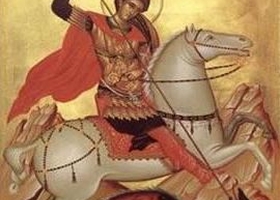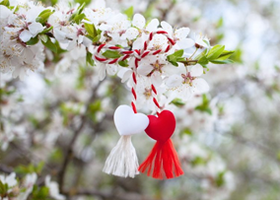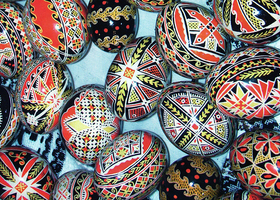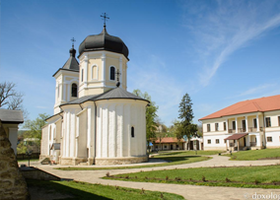The Hrams
The village feast day is a long-standing tradition in our cultural area, which year after year is celebrated with much pomp in more and more villages and towns of the country. The meaning of the term Hram signifies the Patron of the Christian Church, by extension the celebration of the Patron of a given church.
Of Slavic origin, the word hram - "храм" means holy place, church, and the celebration is called "престольный праздник" - throne feast. There are several types of feast day: feast day of the village/city, feast day of the church, feast day of the monastery, feast day of the house and family, etc.
The family or house Hram is taken by a couple during their church wedding. They name a saint they wish to have as the protector of the house. The nominated saint becomes the patron saint of the young family. Since church weddings usually take place on major feast days, young people usually take the names of saints celebrated on these days as their protectors: Arch. Michael, St. Nicholas, St. George, St. John, St. Dumitru, etc. Choosing their future protector, the bride and groom bring the icon of the saint to church. After the wedding, the icon is hung in the new family's living room. The family feast day is taken for life, which is why it is often called the feast day of the house. Every year, around the day of the patron saint of the house, the family prepares in advance. They clean the house and the household, prepare various dishes and drinks. In most villages this day begins with a divine service in church for the health of the family and continues with the reception of guests and the feast itself. Lately the feast day is celebrated not only by the older generation but also by young families, a tradition respected in both villages and towns.


 ro
ro
 ru
ru



